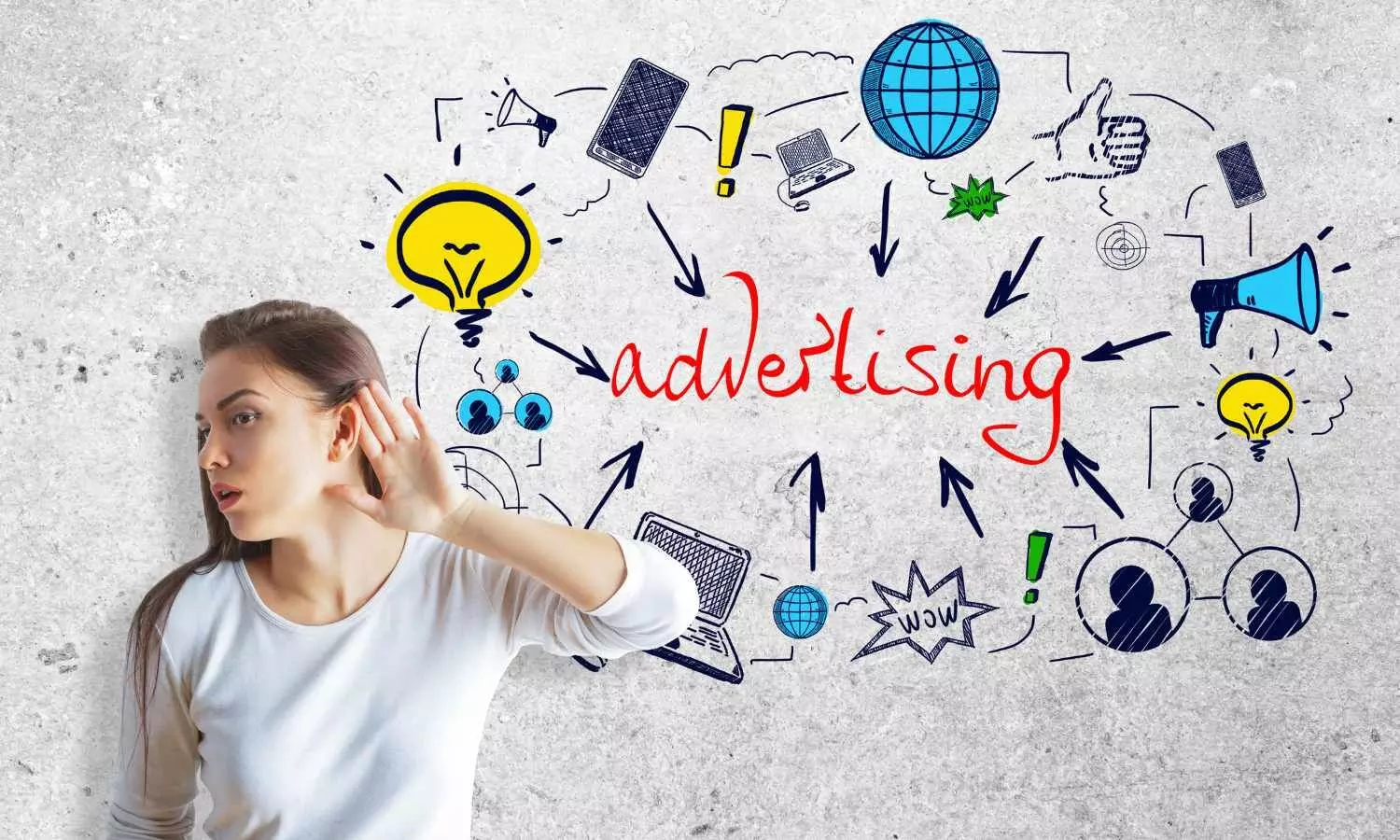Advertising changing with time
Advertising is rapidly changing with time, shifting from traditional print and TV to digital, social media, influencer marketing, and AI-driven strategies that connect brands with modern audiences.
Advertising changing with time

Advertising has significantly changed over time, evolving from simple print ads to highly personalized digital campaigns. This evolution has been driven by technological advancements, shifts in consumer behavior, and the rise of new media platforms.
In 2024, the digital ad industry was estimated to be worth $600 billion, according to Precedence Research. A key reason why digital ads grew so significantly was that, early on, companies realized this marketing technique could be easily customized toward specific user groups.
Moreover, digital ads could reveal insights about user behavior and generate data that helps businesses better understand their audiences. As the industry began to gain momentum, data tools emerged that offered the option to analyze and optimize ad campaigns. This allowed ads to enter a new territory of more complex ROI models.
With this relationship, both sides get something: Companies earn valuable data, and customers receive personalized content, such as quiz results, white papers or product recommendations. This type of direct value exchange is essential for sustaining long-term marketing efforts, especially as mistrust in digital ads has grown over the years.
Many consumers still have negative perceptions of digital ads: Two-thirds of respondents said most of the digital ads they see are irrelevant; Thirty-nine percent find the number of ads they see excessive; Around half of consumers unsubscribe from or block a brand due to irrelevant ads and perceived intrusiveness.
That’s not to say that modern-day marketing means turning away from online ads. Rather, companies should focus on fewer, more relevant ads tailored to a brand’s target audience. In fact, the Bango Audiences study found that 49 percent of consumers actually enjoy ads for products they’re interested in. Marketers have taken the concept of user-first marketing to focus their advertising strategy on targeting specific users with ads that will hopefully resonate.
As companies seek to better target their audiences across social media, there has been a rise in user-generated content and influencer ads. Unlike big-budget commercials with a carefully thought-out creative strategy and a highly polished look, these ads are designed to be produced quickly, cost less and appear authentic rather than scripted.
The current strategy of generating a high quantity of lower-production ads certainly has its benefits; this is especially the case for brands looking to find cost-effective ways to appear in their target audience’s feeds. But it may be having a negative long-term effect.
Although advertising evolves, some things remain the same. Consumers still seek authentic engagement and continue to rely on social media and QR codes for product referrals and brand information. However, emerging trends, such as AI-driven marketing, are shaping the future of customer experiences.
Although technology is changing online advertising, perceived authenticity will only grow in importance as AI-generated content becomes more widespread. While AI tools can do a great deal, consumers still want to see real people and authentic stories as much as possible.
“With the rise of AI, many have ignored the fact that humans desire authenticity,” said Bray. “Authenticity was a buzzword for a while, now usurped by AI. But the pendulum swings, and the parts of the industry that understand people want ‘realness,’ not a simulation of the real, will thrive.”
“The key to success in the digital advertising space is to find the right balance between embracing automation and maintaining the human touch. While AI is great for efficiency and scalability, the human element of understanding context, creative thinking and ethical decision-making will become even more important for achieving stellar results.”
While metrics like CTR and digital marketing ROI remain important, companies are seeing the importance of customer lifetime value for long-term success.
The advertising industry in India is undergoing a transformative phase driven by rapid digital adoption, changing consumer behaviors, and evolving regulations. In 2025, India’s advertising landscape will be shaped by innovative technologies, the rise of quick commerce (q-commerce), and a growing emphasis on localized, culturally relevant campaigns.
India’s advertising expenditure (AdEx) is projected to grow at a CAGR of 10.5% from 2023 to 2025, reaching ₹1.25 trillion by 2025, according to GroupM’s This Year, Next Year report. Digital advertising will account for over 50% of this spend, driven by the increasing penetration of smartphones and affordable internet.
Indian consumers are increasingly prioritizing sustainability and social responsibility. A 2024 survey by Kantar revealed that 68% of Indian consumers prefer brands that align with their values. Transparency, accountability, traceability, and environmental accountability. A recent Deloitte report indicates that 91% of Indian business leaders have increased their investments in sustainability over the past year, despite challenges.

